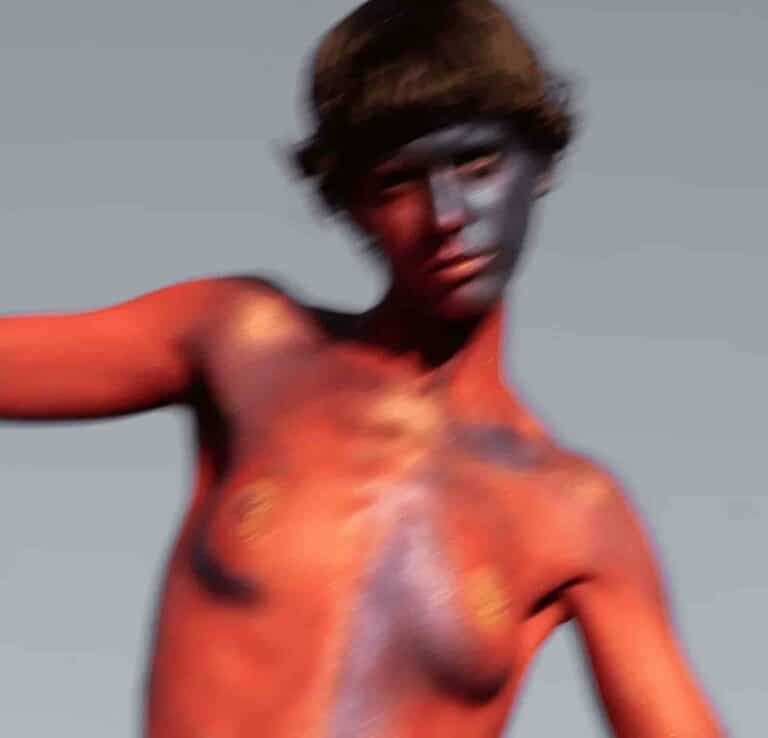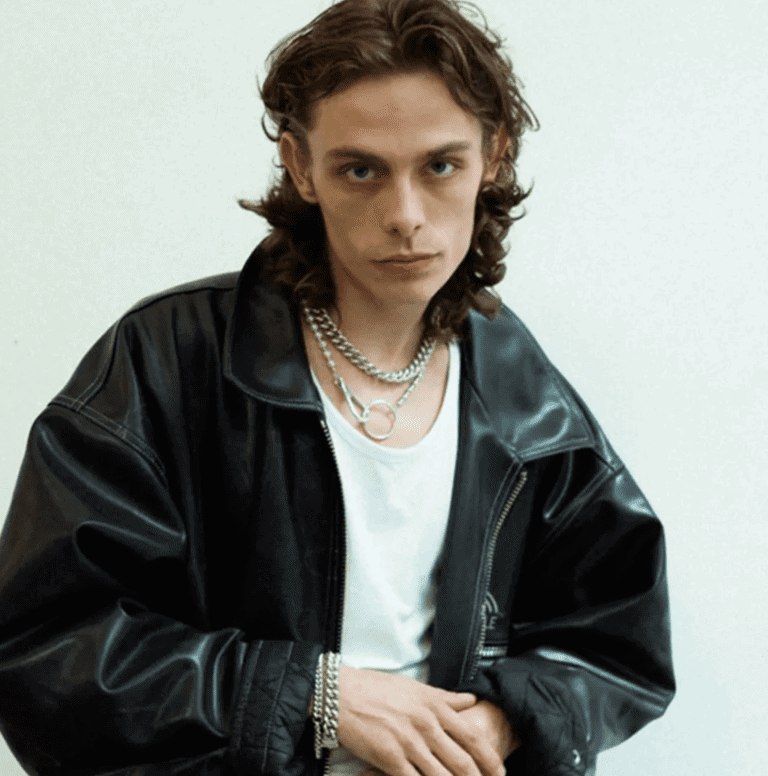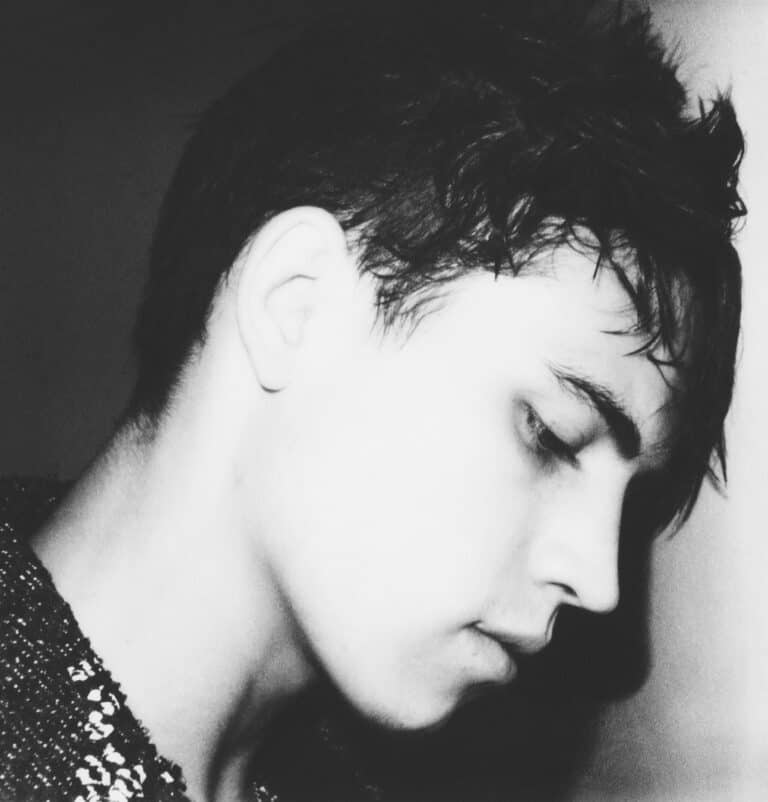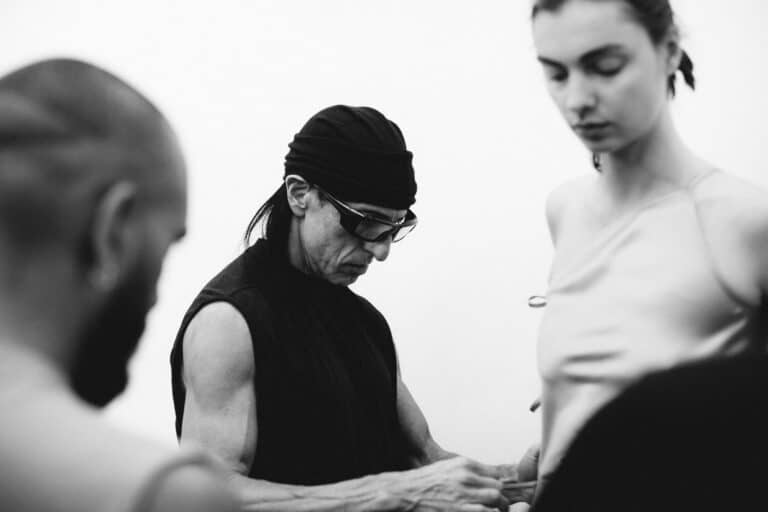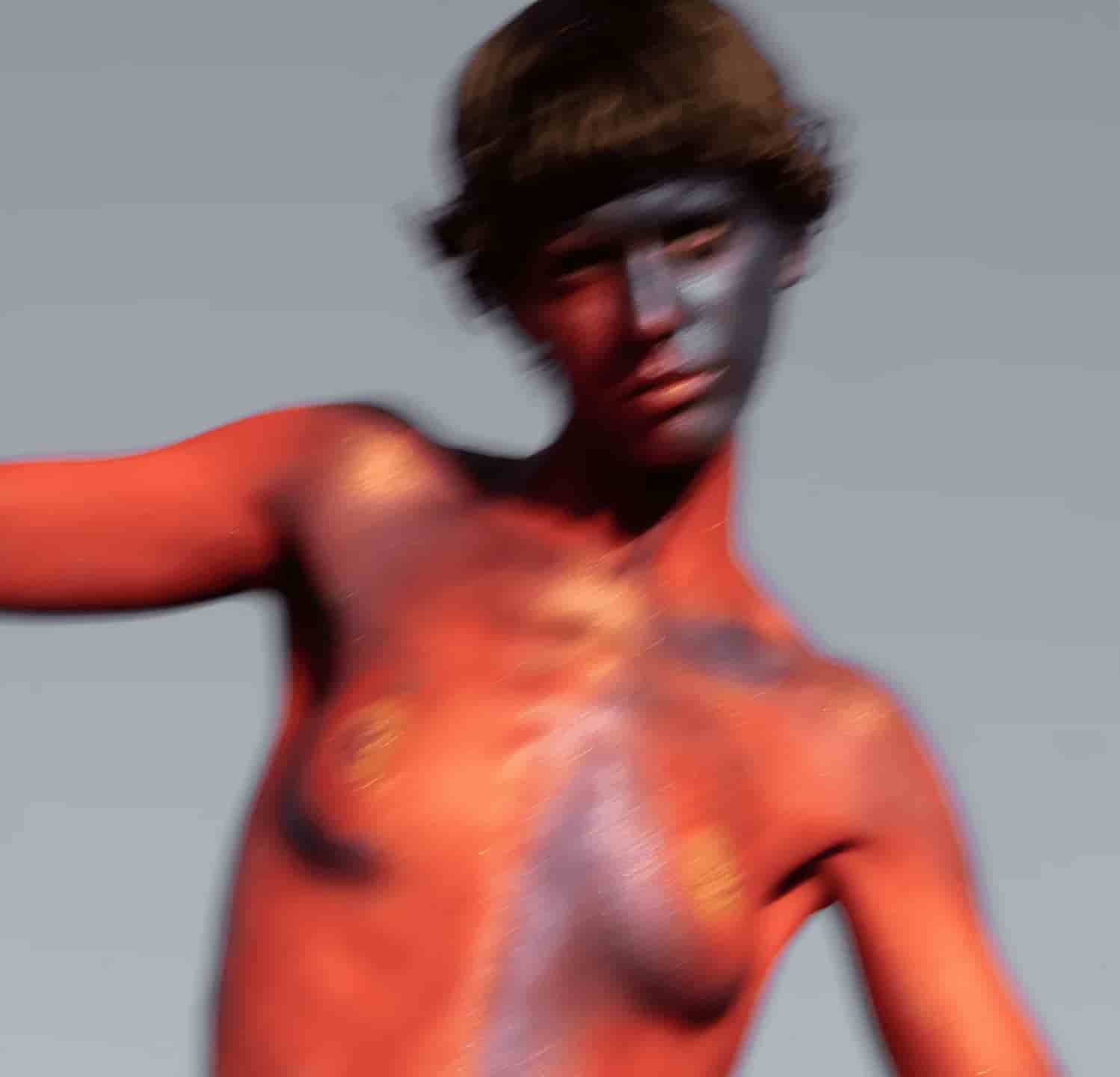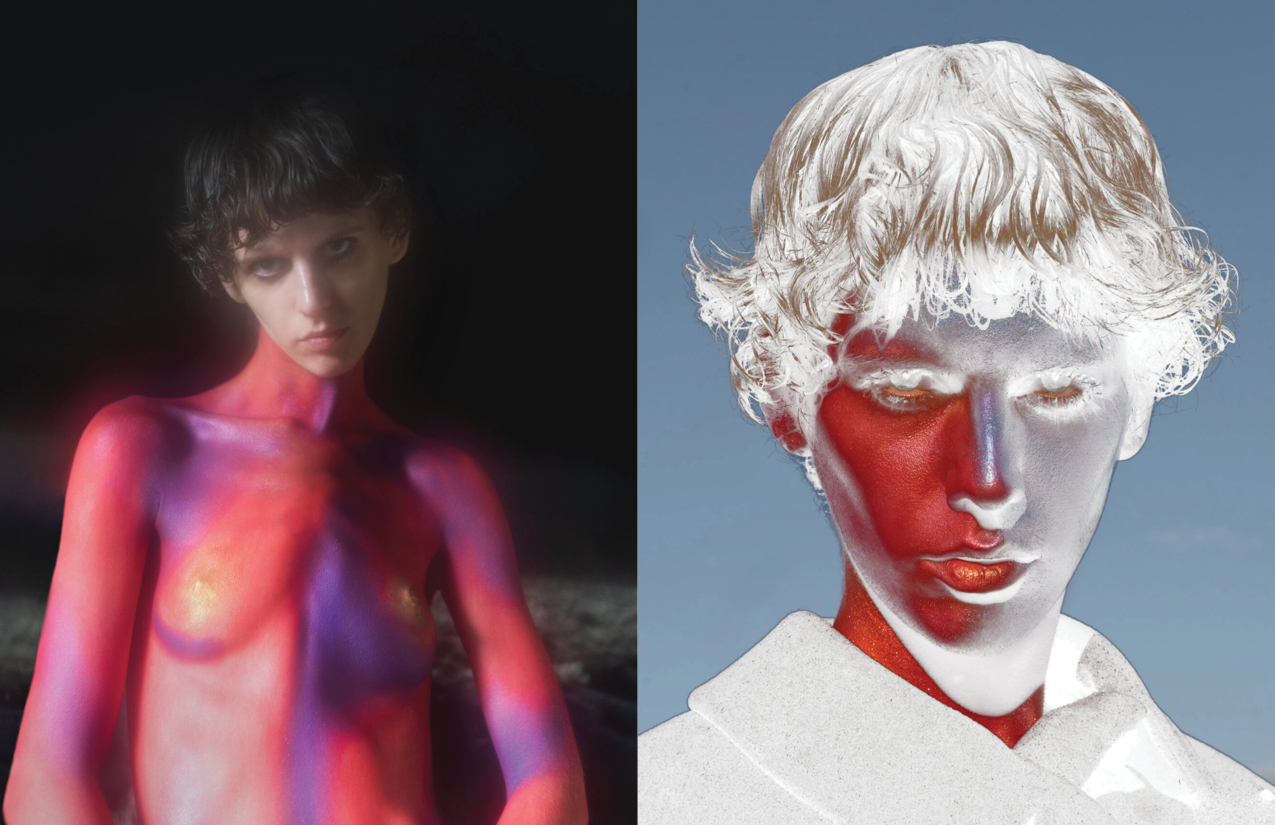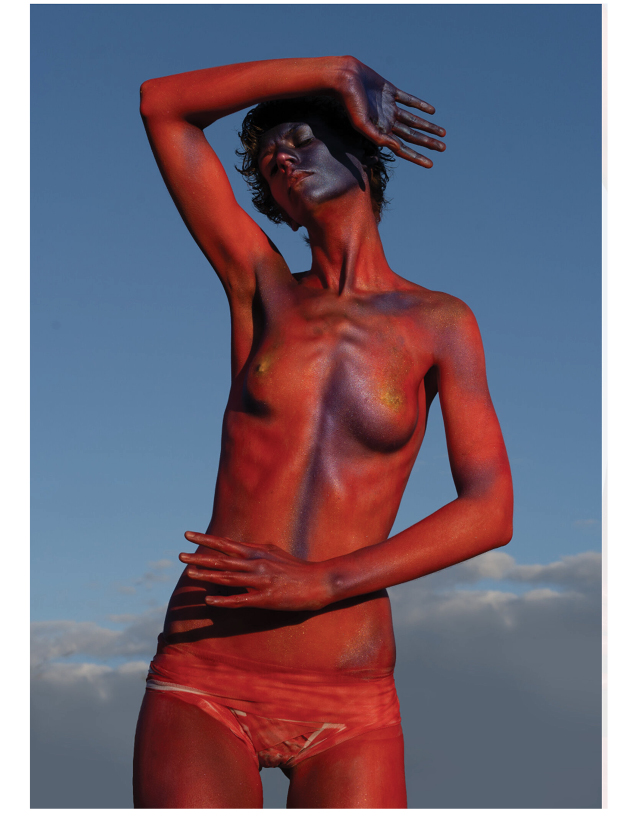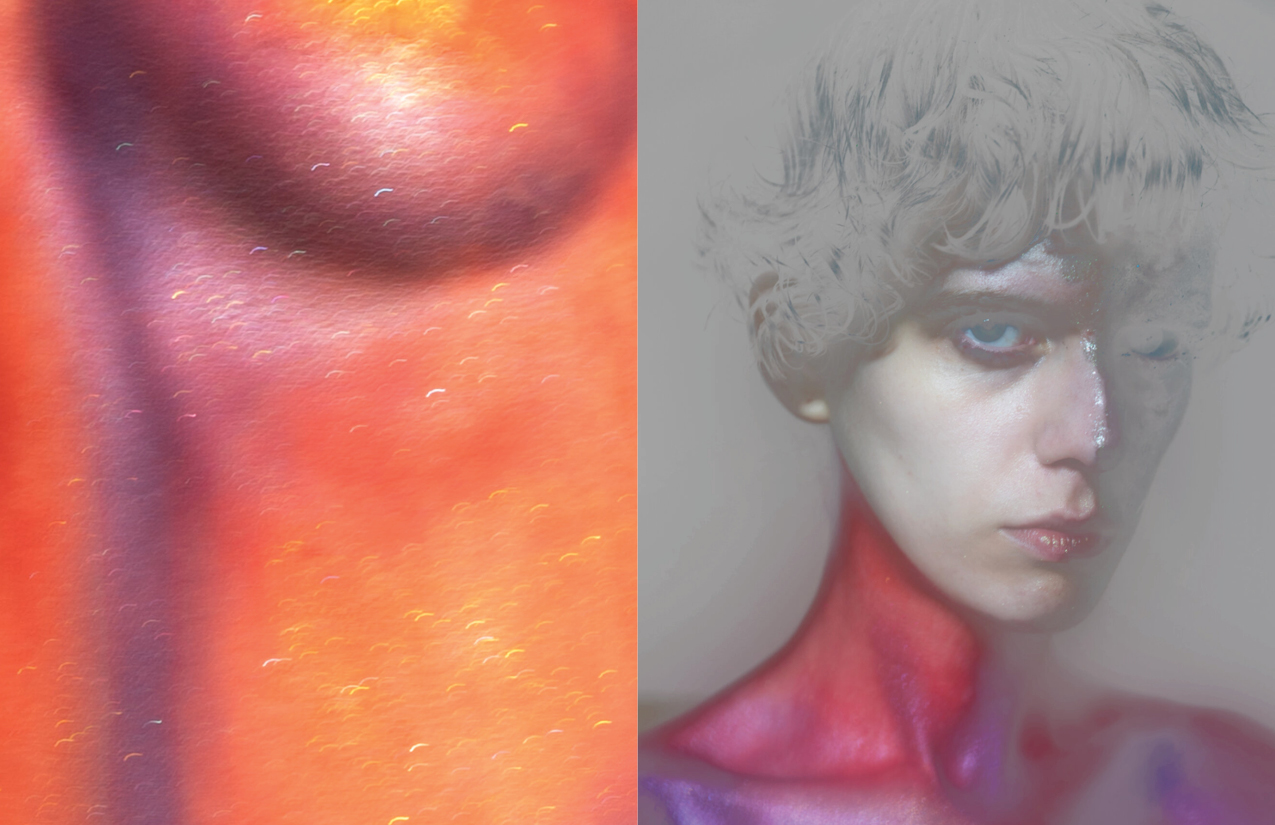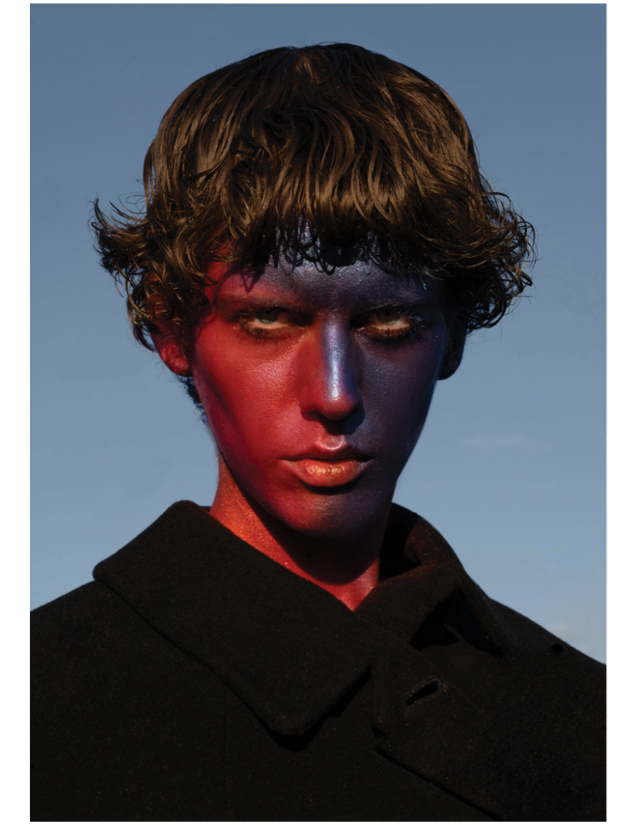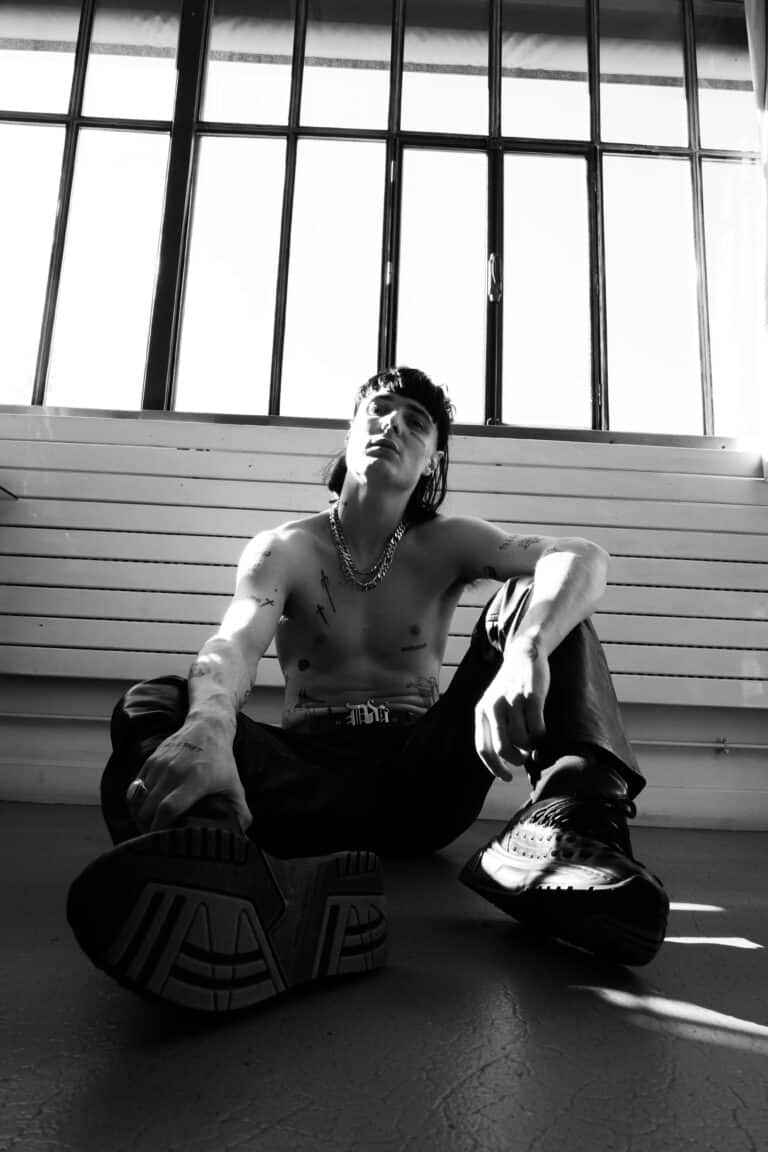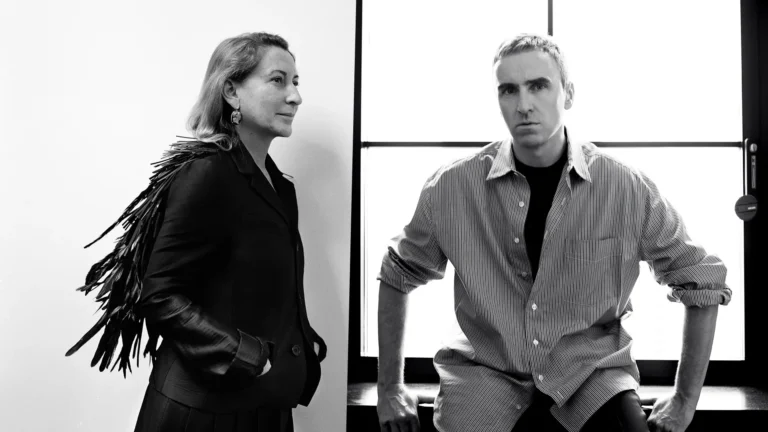David Bowie’s performance in Nicolas Roeg’s The Man Who Fell to Earth is so iconic that a new graphic novel adaptation – based on Walter Tevis’ 1963 novel of the same name – will lead with his likeness. Set to be released by Titan Comics later this year, the sci-fi book will be written by Dan Watters (author of Cowboy Bebop) with art from Dev Pramanik (Dune: House Atreides).
As in the cult classic film from 1976, the new book will tell the story of Thomas Jerome Newton, an extraterrestrial who touches down on Earth in a desperate search for water, which his home planet needs for survival. As he grows rich and devises a way to transport water back to his planet, he faces increased scrutiny from the press, the US government, and a rival company.

“The Man Who Fell to Earth is a masterpiece of a film with an awful lot to say; about men, about the Earth, and lots of things in between,” says Watters in a statement (via Entertainment Weekly). “There are ideas in the film, about climate crises and corporate greed, that are more relevant now than they were when Nicolas Roeg set out to make it. And now here we are.”
“I think it’s high time to look at the world through Thomas Newton’s mismatched eyes all over again. Perhaps he’ll see something we’ve been missing.”
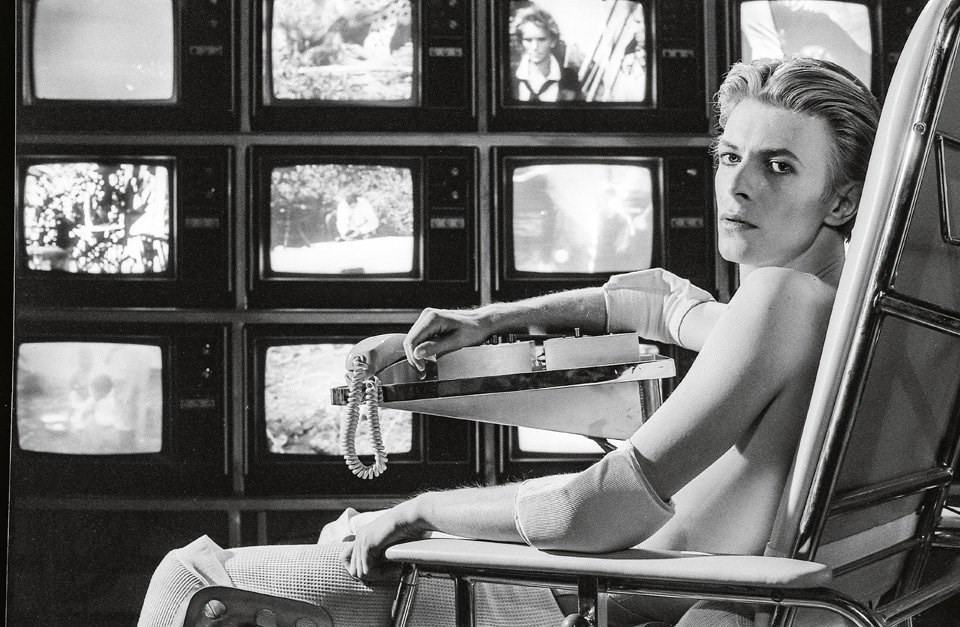
Titan Comics has shared several teaser images from the graphic novel adaptation of The Man Who Fell to Earth (see below), with the full book set to arrive in autumn 2022. A much-anticipated TV adaptation – starring Chiwetel Ejiofor and Naomie Harris – is also scheduled to debut on Showtime in spring.



